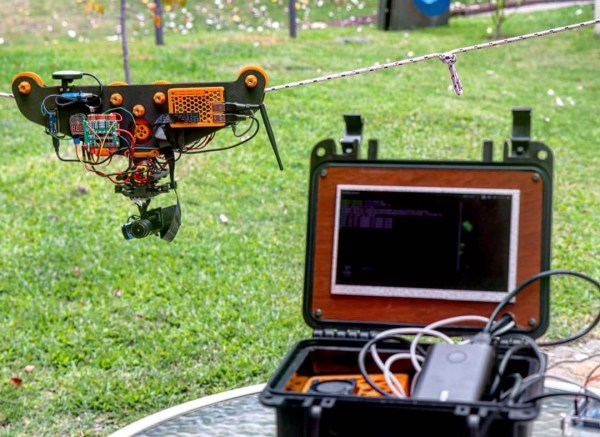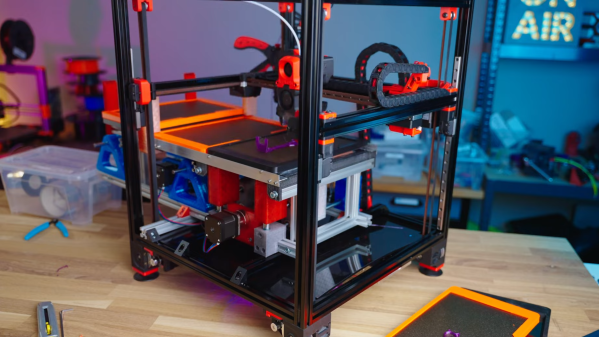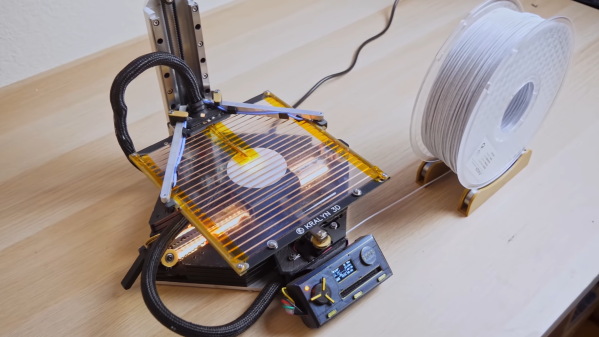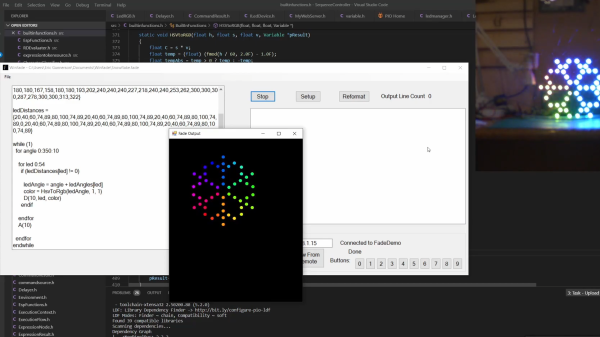Conventional airfoil wings have come out on top for getting flying machines airborne over the last century, but there were a few other interesting designs that have come and gone. One of these is the Magnus effect plane, which makes use of the lift produced by a spinning cylinder. [James Whomsley] from [Project Air] decided to build one as a side project, but it ended up being a lot more challenging than what he initially suspected. (Video, embedded below.)
The Magnus effect achieved a bit of viral fame a few years when [How Ridiculous] dropped a basketball down a dam wall with some backspin. [James] T-shaped Magnus effect plane has a pair of spinning cylinders at the top to create lift, driven by a brushless motor using a belt. A second brushless motor with a propeller is on the center carbon fiber tube provides forward thrust, and a rudder provides yaw control. The battery is attached to the bottom of the tub for stability.
The very first flight looked very promising, but [James] quickly ran into a series of problems related to center of gravity, power, pitch control, and drag. After iterations of the build-crash-rebuild cycle, he ended up with larger motors and rudder, shorter “wings”, and a higher thrust motor position. This resulted in a craft still only marginally controllable, but stayed in the air for quite a while. Since the intention was never to turn it into a long-term project, James] called it a success to avoid more yak shaving, and continue work on his airboat and rocketplane.
If you are interested in building one of your own, he put all the findings of his experimentation in a short report. For more inspiration, check out the other Magnus effect plane we covered that used KFC buckets for the wings.
Continue reading “Magnus-Effect RC Aircraft Is A Lot Harder Than It Looks”
















